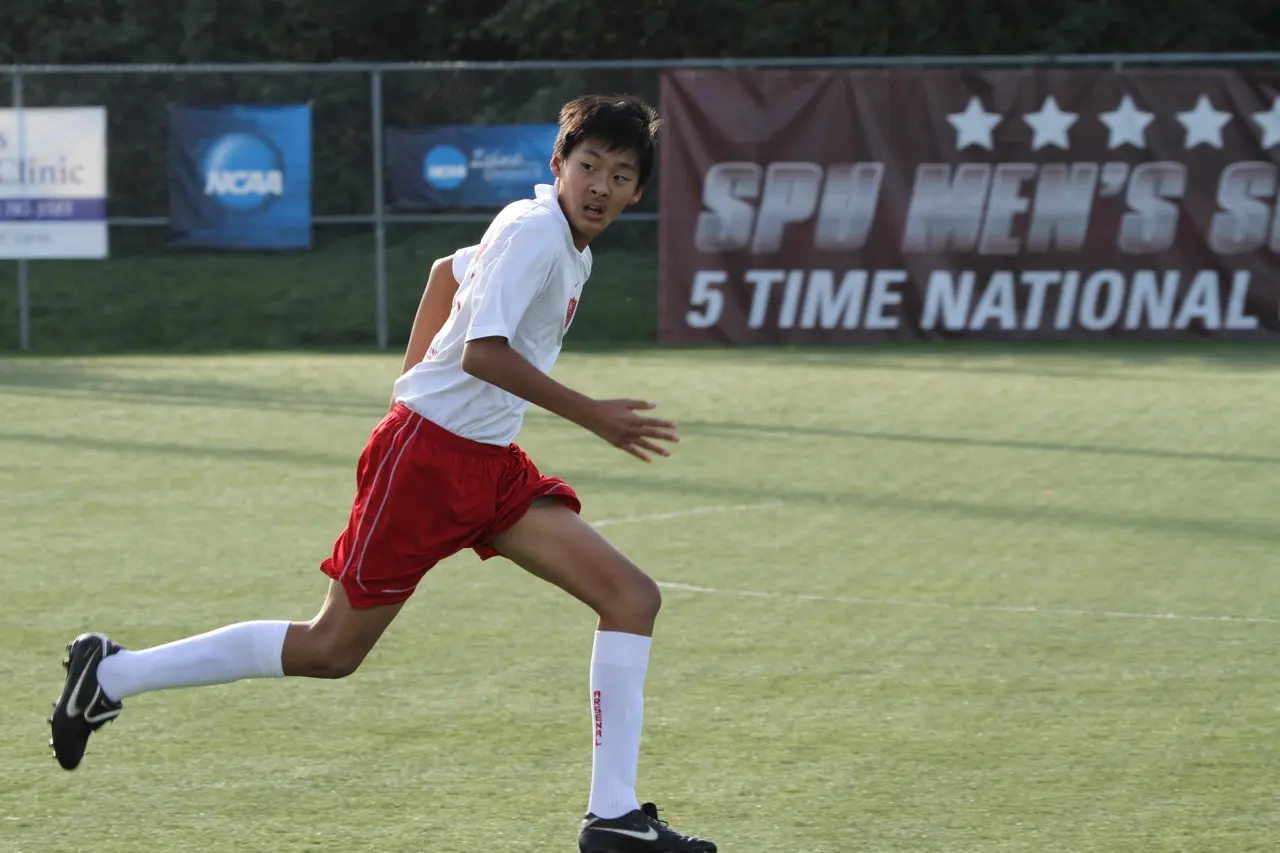
Sep 19, 2013 • 5 min read
Why Athletes Bonk
By Dan Peterson, TeamSnap’s Guest Writer about sports science and skill development for young athletes.
It’s late in the fourth quarter, the third period, stoppage time or even that last mile. That is when athletic trainers, strength and conditioning specialists and coaches find out if all of that investment of time and money in physical endurance training was worth it as they watch to see if their athletes will have enough left in the tank to finish. Often though, its not necessarily the muscles or physiological systems that shut down but rather the brain in an overprotective mode. Researchers at the University of Copenhagen think they have found the exact process that contributes to this sense of fatigue while engineers at the University of California – San Diego are piloting a wearable patch that can warn when an athlete is about to hit the wall or “bonk”.

In his 2007 book Brain Training for Runners, Matt Fitzgerald, long-time running columnist and author detailed the role of the brain in controlling physical endurance. Traditionally, fatigue used to be considered a breakdown of biochemical balances with the buildup of lactic acid or depletion of glycogen for fuel. However, research in the 1980s showed that this breakdown did not always occur and that athletes were still able to push through at the end of a game or race even though they should have been physically exhausted.
A new theory of the brain as a “central governor” emerged. Like a warning light in your car, the brain calculates the time to physical catastrophe or total exhaustion based on the current pace and feedback signals from the body. When it feels you won’t make it to your desired finish line, it begins to lower muscle output and sends messages to your conscious brain that its time to quit.
Now, new research from Associate Professor Jean-François Perrier from the Department of Neuroscience and Pharmacology at the University of Copenhagen points to the neurotransmitter serotonin as the agent or thermostat that signals the shutdown.
“Our discovery is helping to shed light on the paradox which has long been the subject of discussion by researchers. We have always known that serotonin is released when you exercise, and indeed, it helps us to keep going. However, the answer to what role the substance plays in relation to the fact that we also feel so exhausted we have to stop has been eluding us for years. We can now see it is actually a surplus of serotonin that triggers a braking mechanism in the brain. In other words, serotonin functions as an accelerator but also as a brake when the strain becomes excessive.
The brain communicates with muscles through specialized motor neurons. As soon as you start exercising, serotonin is released in the brain making the motor neurons more active. However, when too much of it is released after long periods of exercise, the excess neurotransmitter clogs the axon and the messages to the muscles are weakened. Perrier is using this new information to learn how athletes can control their endurance naturally without the need for performance enhancing drugs.
“This new discovery brings us a step closer to finding ways of controlling serotonin. In other words, whether it will have an activating effect or trigger central fatigue. It is all about selectively activating the receptors which serotonin attaches to,” he explained.

However, Joseph Wang, nanoengineer at UCSD, still believes in measuring lactate as the best early sign of fatigue in an athlete. The body releases lactic acid when our aerobic breathing cannot produce enough energy for our muscles, switching us to anaerobic metabolism. It’s this lactate that builds up in our muscles and, along with the serotonin in our brains, produces our exhausted, “rubber legs” that slows us down.
Up until now, athletes would have to provide blood samples after a workout or performance to measure lactate. Wang and his team searched for a quicker method to give more timely feedback to, hopefully, take proactive steps to counteract the decline. They developed a wearable biosensor (see photo) that is worn like a temporary tattoo, measuring samples of sweat immediately and continuously for lactate levels.
“Such skin-worn metabolite biosensors could lead to useful insights into physical performance and overall physiological status, hence offering considerable promise for diverse sport, military, and biomedical applications,” according to Wang.
Daniel Peterson is an author and consultant specializing at the intersection of neuroscience and sports performance. He is the co-founder and director of 80 Percent Mental Consulting, along with Dr. Leonard Zaichkowsky, world-renowned sports performance psychologist and former professor at Boston University. Their new book, The Playmaker’s Advantage, published by Jeter Publishing/Simon & Schuster, is available wherever books are sold.
